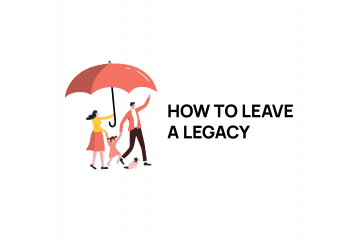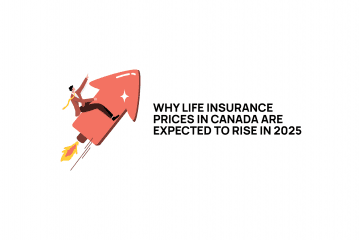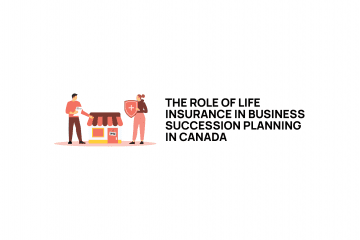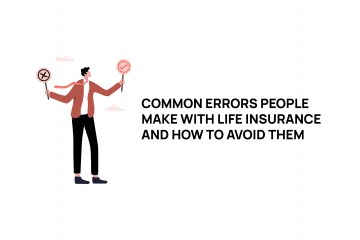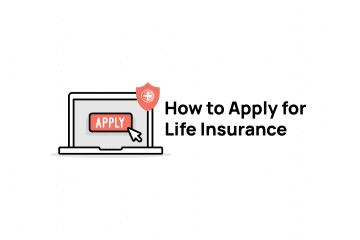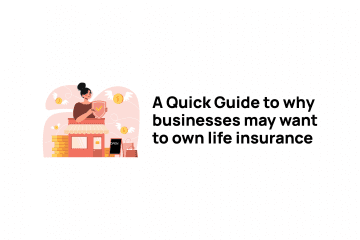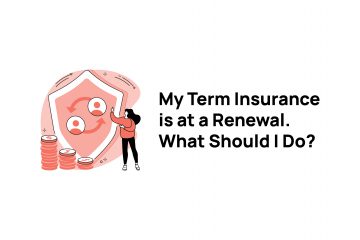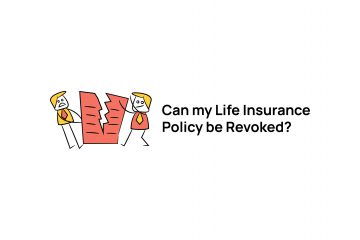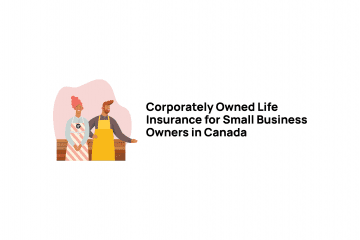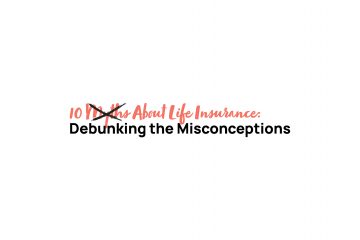In This Article 6 steps to claiming life insurance as a beneficiary:
- Step 1 – Contact your broker or call the insurance company’s customer service phone number.
- Step 2 – Get the Forms
- Step 3 – Death Certificate & Return the Documents to the Life Insurance Company
- Step 4 – Await your Claim Payment
- Step 5 – The Actual Cheque
- Step 6 – Post Cheque
A loved one has passed, and in addition to the emotional turmoil and the physical exhaustion, you’re faced with the daunting task of trying to determine how to claim the life insurance as a beneficiary.
Don’t fear – the process is actually very straightforward and we’re going to step you through it in this article.
In addition, you should know that timely claims payment is one thing that the life insurance industry prides itself on. In our experience, almost all claims are paid within days (not weeks) of all the required paperwork being submitted. The primary delay will simply be you getting together the required claims forms – and even that won’t take you long. It’s not uncommon to have a claim cheque in the mail within 2 days from the claims paperwork being filed.
Get a free quote
Step 1 – Contact Your Broker or Call the Insurance Company’s Customer Service Phone Number.
If you’re reaching out to your broker you can likely skip this article – your broker should coordinate the required paperwork and step you through everything you need to claim life insurance as beneficiary, right over the phone. What they’ll tell you will closely follow what we’re writing about below.
If you’re calling customer service at the life insurance company then as soon as you get someone on the phone you should ask for their ‘Life Insurance Claims Department’ to report a claim. Life insurance companies have a dedicated team for this, you’ll need to speak to them directly and not the customer service department. You’re really only calling customer service as the entry point to get passed over to the correct department.
When you speak to the customer service department (or your broker), the company will need at a minimum, the policy number (if you have it), the insured’s full name and date of birth, and your name. Chances are you’ll have all of that, and if you’re unable to locate the policy number then the company may ask for additional information so they can find the policy (i.e. they may ask for the insured’s social insurance number as they can often locate a policy with that information).
Once the service person locates your insurance policy they’ll open a claim file for you. They should give you a case number, note this in case you need to have any followup with the life insurance company.
The service person should also give you either a fax number or an email address to send all documentation to.
Step 2 – Get the Forms
Your broker or the insurance company service person will provide you with two forms, they are:
- Claim form
- Attending Physicians Statement
The claim form is straightforward. They will generally ask you for details about the insured, the policy, and the beneficiary. This is about as close to the ‘official claim document’ as there is – basically it’s your confirmation that you are in fact making a claim. Simply complete the form and return to the life insurance company (details below).
The Attending Physicians Statement, you don’t have to complete that. Instead, you’ll send it to the attending physician for the insured at their death (this will be the doctor that signs the death certificate). Simply send them the form and ask them to complete it and return it to you.
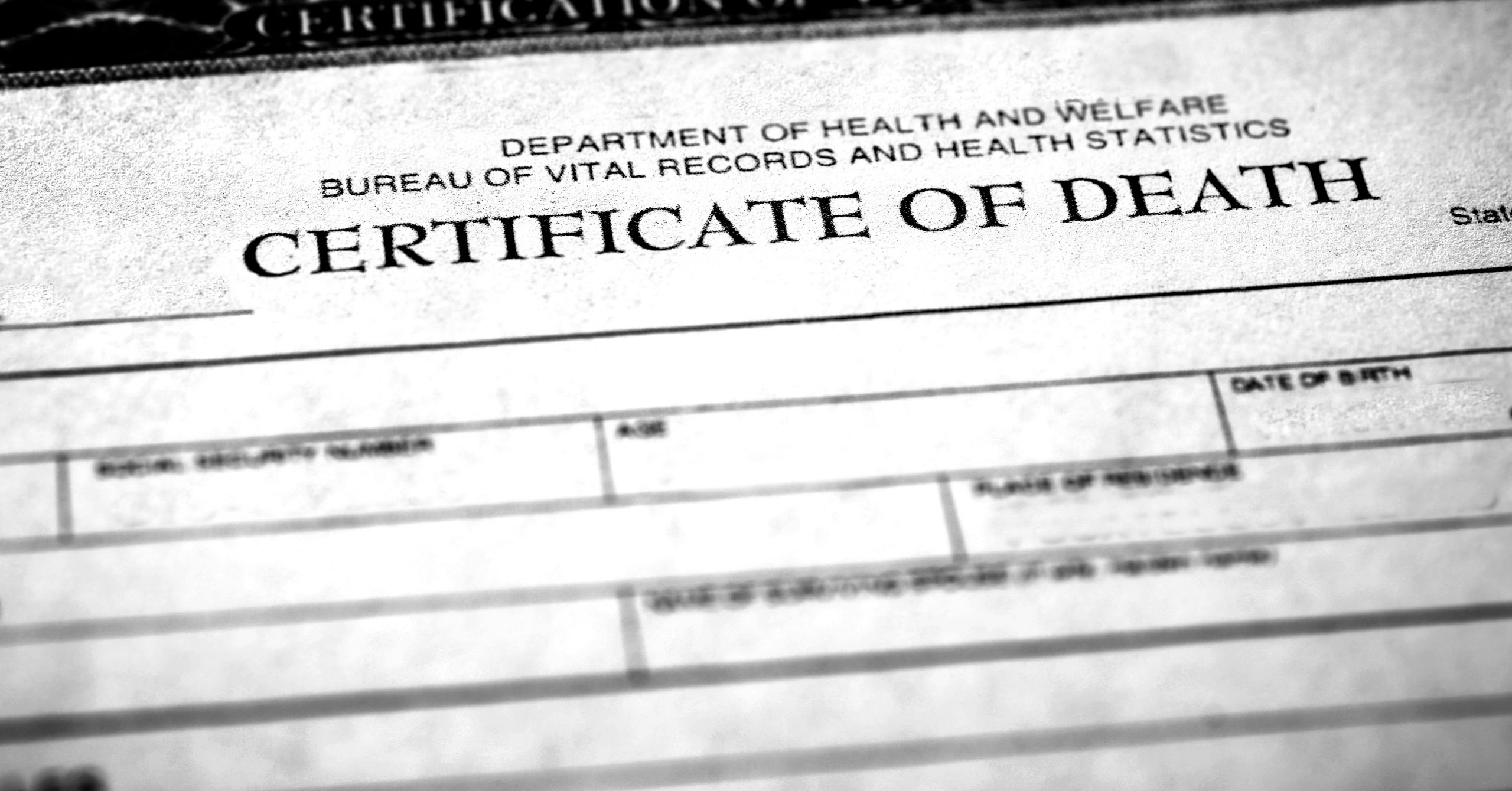
Step 3 – Death Certificate & Return the Documents to the Life Insurance Company
Once you’ve completed the claim form and have received the Attending Physicians Statement from the doctor, you’ll also need a copy of the death certificate. Death certificates are generally provided by the funeral home or where the insured was interred. The executor of the estate will also likely have copies they can provide (as the executor needs copies of this document to administer the estate, close bank accounts, etc).
Then, simply fax or email these three documents (Death Certificate, Claim Form, Attending Physician’s Statement) to the fax or email that was given to you during your first call to the life insurance company. Important – make sure you note your case file number on the documents when you send them. That’ll help the life insurance company match up the documents with your claim.
Step 4 – Await Your Claim Payment
You should expect in most cases that the life insurance company will mail your cheque within 2-5 days of receiving the above documentation. However life insurance companies do generally actually mail the cheque – they don’t send it by courier or express. So depending on the mail service, you may see the claim payment within a week, or less than two weeks, from the time you submitted all of your documentation.
If time is of the essence, and the life company’s claim office is near you, you can arrange to pick up the cheque the same day that it’s printed. You’ll have to call the claims department again however, and arrange this directly with them.
Step 5 – The Actual Cheque
There’s two things of note about the cheque you’ll receive. First, it will likely be an odd number higher than the actual insurance coverage amount. I.e. if the coverage is for $100,000, your cheque may look something like $100,002.38. That’s because many companies pay interest on the claim from the time that they receive all of the paperwork, to the time they actually send the cheque – so if they take two days to print and mail the cheque, they’ll pay you two days worth of interest.
Secondly, you may wonder about taxes. Except for extremely rare circumstances, life insurance death claims are not taxed. The money is free and clear of any taxes, and you don’t need to claim the payment on your income taxes.

Step 6 – Post Cheque
While no taxes are due on any death benefit paid, if you earn interest on that amount in the future, then typically taxes will be payable on the interest – similiar to any other investment (assuming that you invest the proceeds).
If you’ve received a substantial amount, be cautious. Death of a loved one is a tumultuous time and emotions run high. Therefore we recommend that you not make any quick decisions on the investment of these funds. It’s best to wait until you’ve had time to consider and reflect on how you’d like to invest the proceeds.
When you do decide it’s time to invest, consult a trusted and experienced financial advisor – who often may not be your life insurance broker. A typical financial advisor will have access to more and better investment choices than a life insurance broker, so seek their help first.
If you would like more information on how to claim life insurance as a beneficiary you can always contact us or book a call with one of our life insurance specialists.



